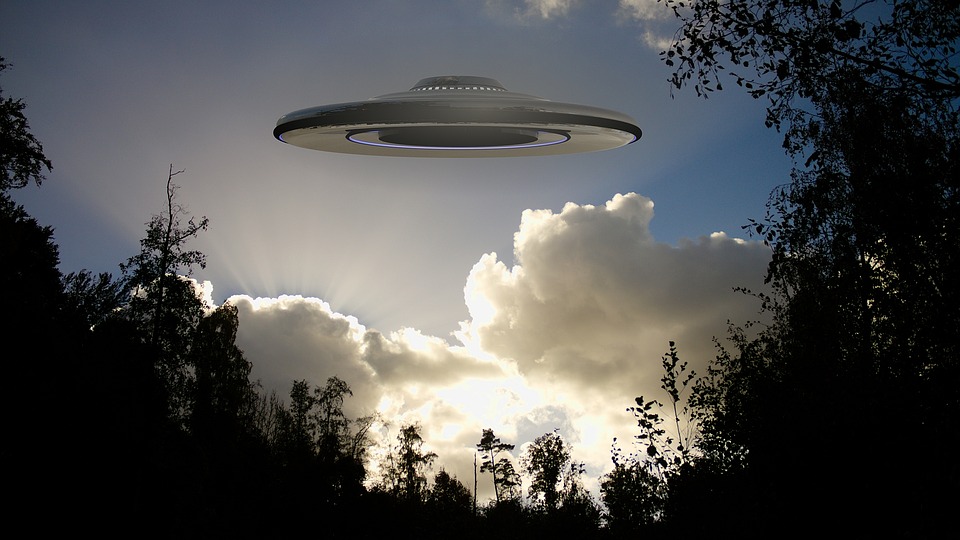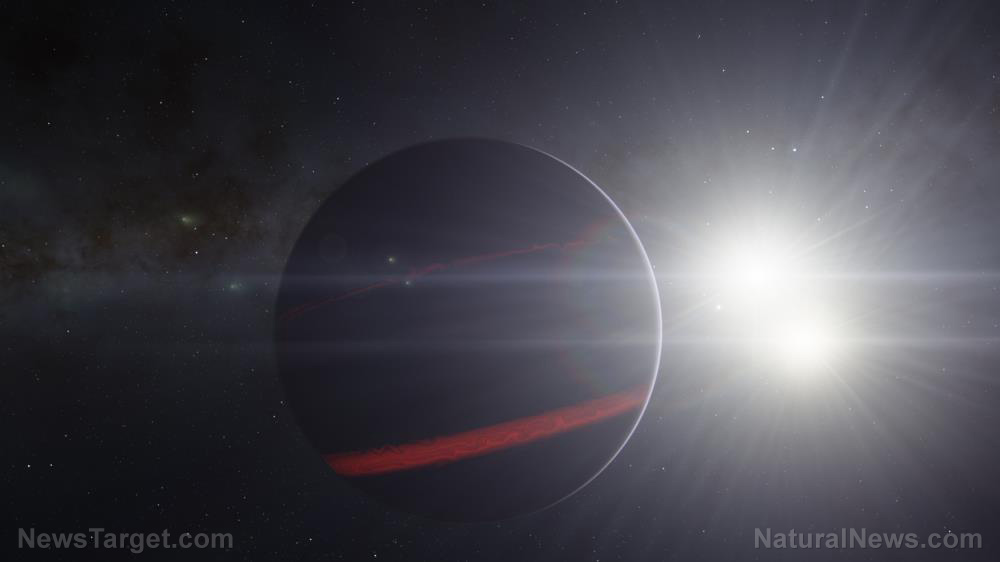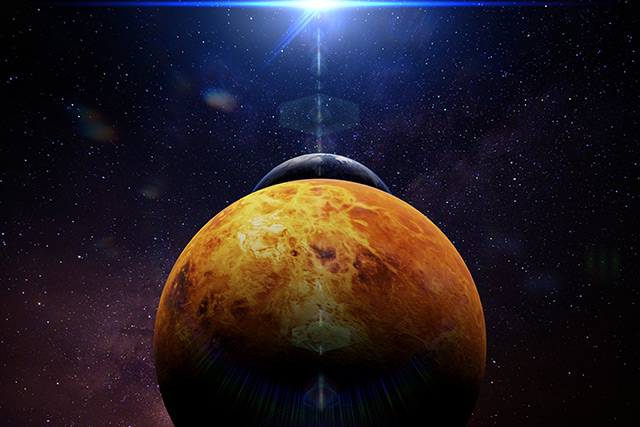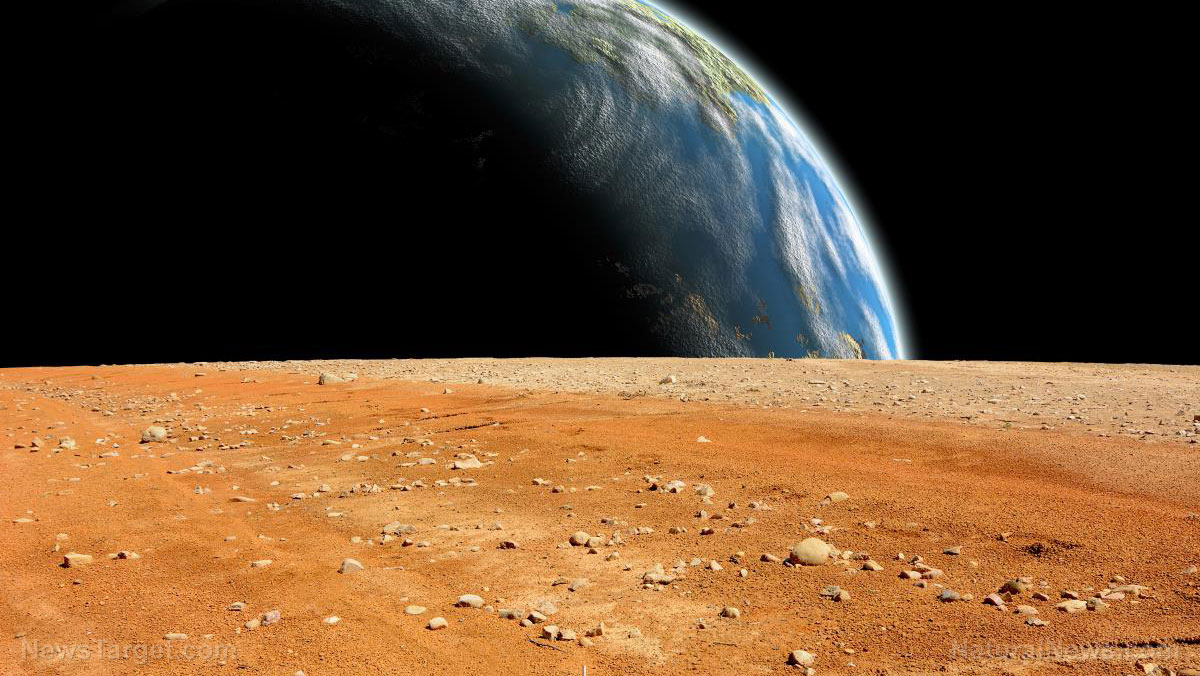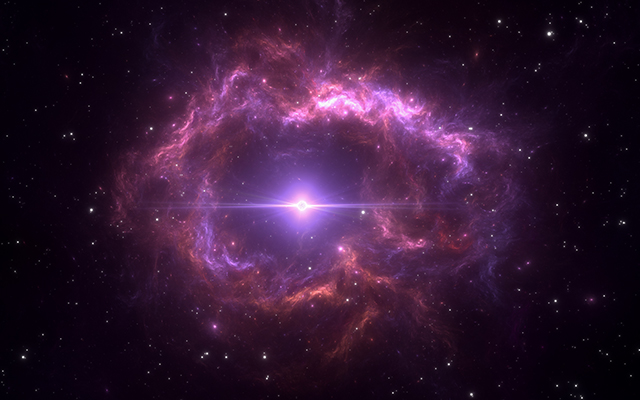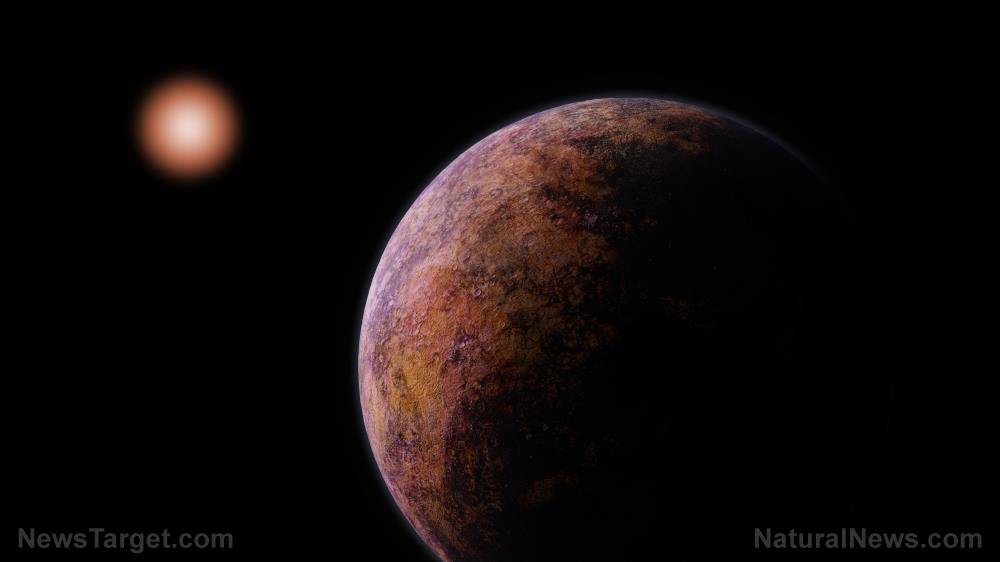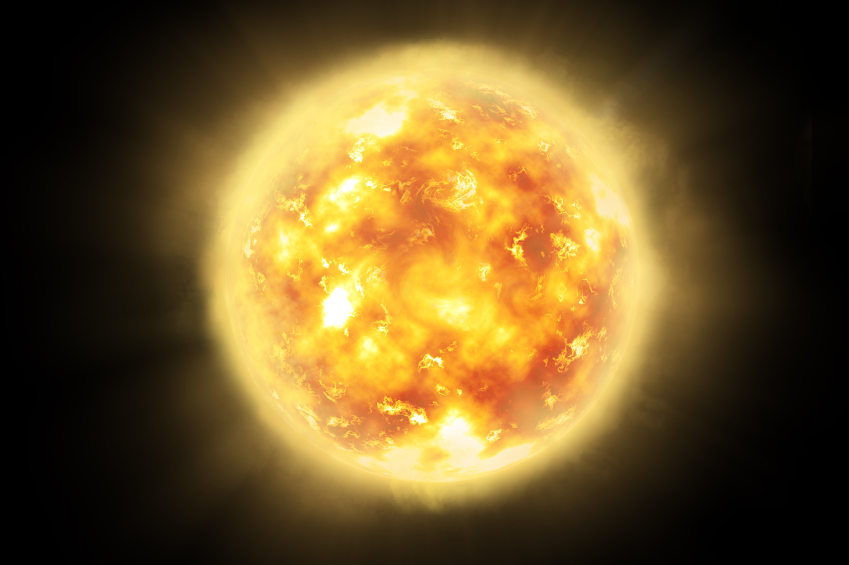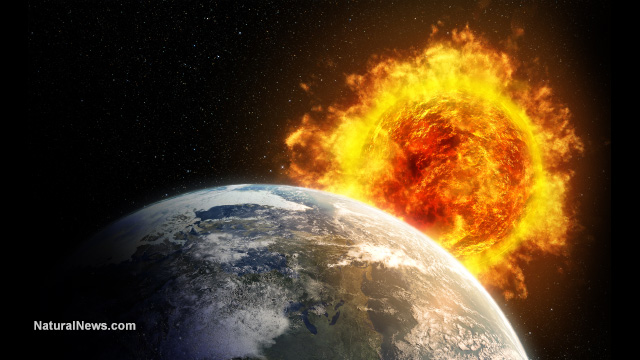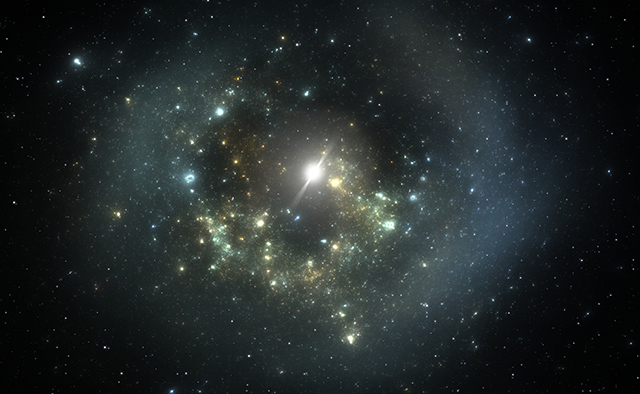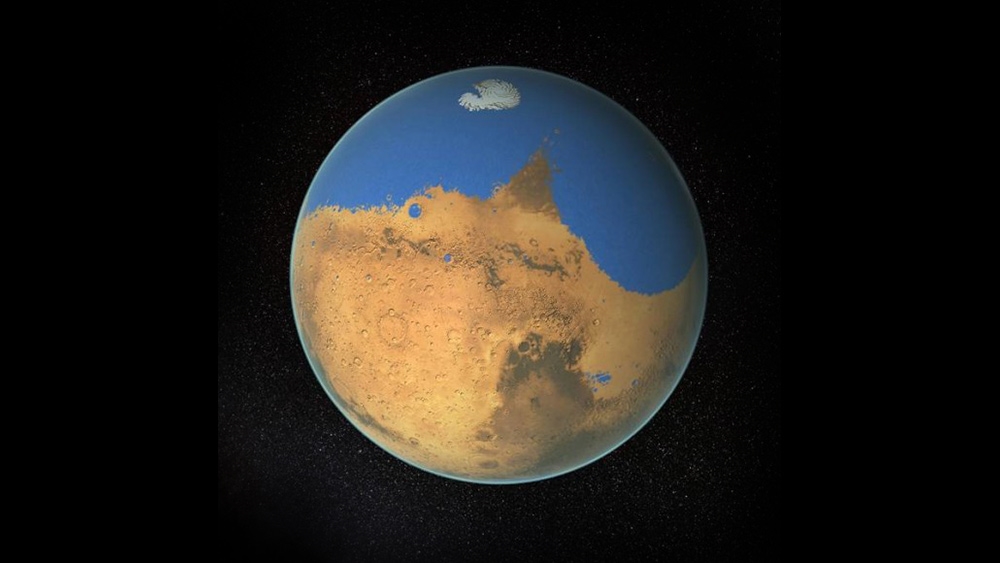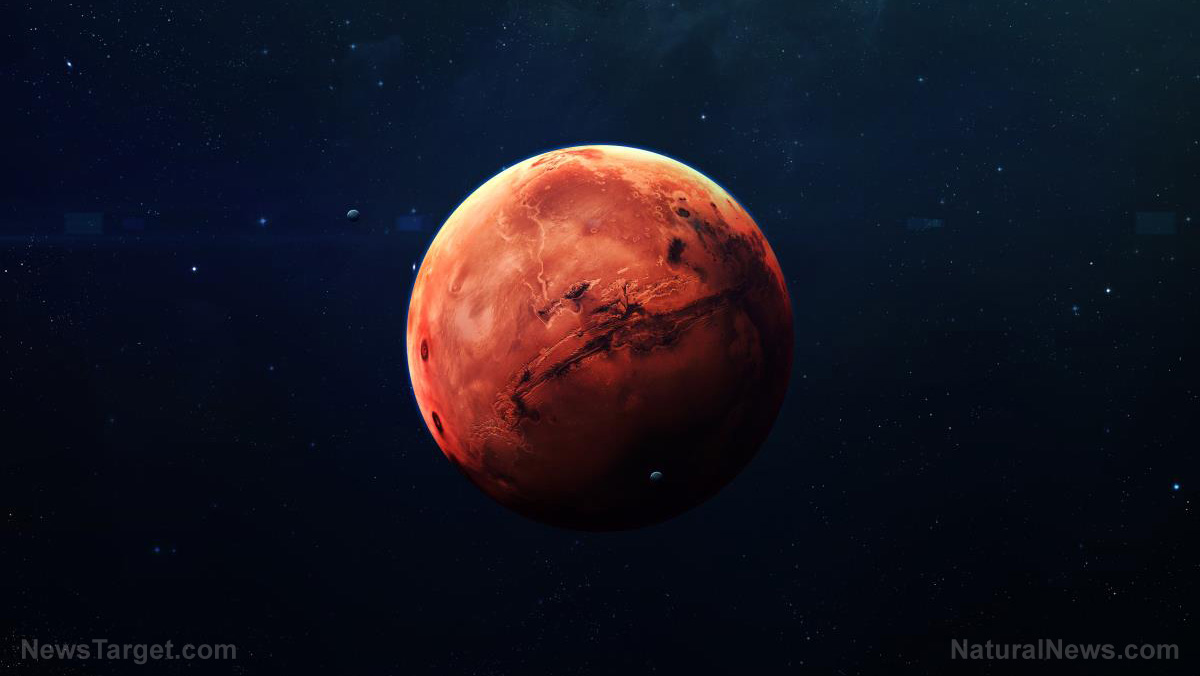New model suggests several planets in the universe might have water-rich atmospheres
03/23/2021 / By Divina Ramirez
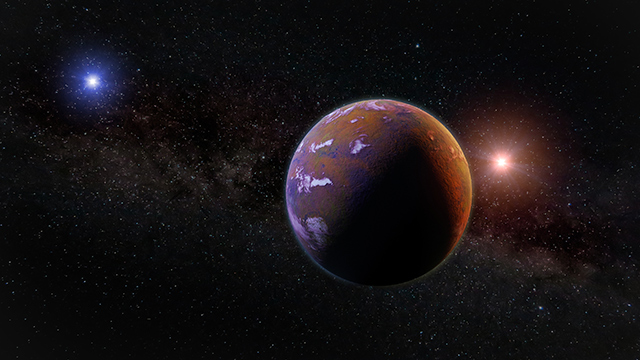
Most life-forms on Earth would not survive if the planet had no atmosphere. Mars, frozen and sun-blasted, is a perfect example of what can happen to a planet that loses its atmosphere or didn’t have one to begin with.
Experts have long been scouring the universe for planets with atmospheres like Earth’s to no avail. Now, a new model developed by Edwin Kite, an assistant professor of geophysical science at the University of Chicago, and Laura Schaefer, an assistant professor of geological sciences at Stanford University in California, illustrates how planets called “sub-Neptunes” may form and maintain atmospheres like Earth’s.
For their study, Kite and Schaefer used a model of atmosphere-interior evolution and atmosphere composition and found that water vapor atmospheres form during a sub-Neptune’s evolution into a rocky exoplanet. Exoplanets are planets outside of the Solar System. They usually orbit stars other than the Sun.
But more than just forming water vapor atmospheres, the model suggests that exoplanets might even maintain those atmospheres for billions of years, just as Earth’s atmosphere has persisted.
Their findings, published on Monday, March 15, in The Astrophysical Journal Letters, expand experts’ grasp of how planets form and may even guide astronomers in the ongoing search for Earth-like planets beyond the Solar System.
Universe might be brimming with water vapor worlds
Because of the 2009 Kepler space mission, scientists know the universe is littered with planets that are slightly smaller than Neptune. Surprisingly, there are no such planets, dubbed sub-Neptunes, in the Solar System.
Due to this lack of sub-Neptunes, scientists can’t tell for sure what the planets are made of. That said, there is a growing body of evidence to suggest that the planets are actually magma “balls” cloaked in a hydrogen atmosphere. Magma and hydrogen make these planets more like Earth than Neptune.
Scientists surmise that sub-Neptunes started out with atmospheric envelopes of hydrogen. However, they could have lost their atmospheres due to the explosions of nearby stars. The explosions blow away the hydrogen, turning the sub-Neptunes into hot, rocky exoplanets.
Magma may explain why so many of these hot, rocky exoplanets are found across the universe. “Liquid magma is actually quite runny,” said Kite. This means that magma turns over vigorously, just like oceans on Earth do.
There is a good chance that the magma “oceans” are sucking hydrogen out of the atmosphere. When magma and hydrogen react, they form water. Some of that water escapes into the atmosphere but more is sucked into the magma.
Then, after the explosion of a nearby star strips away the hydrogen from the atmosphere, the water that escaped into the atmosphere becomes water vapor. Eventually, the planet is left with a water-dominated atmosphere. These atmospheres may persist on some planets for billions of years.
This entire process gets in the way of a planet’s radius expanding. This may explain why there are several exoplanets with similar radii in space.
But lots of details still need to be filled out in Kite and Schaefer’s model. They also need to test their hypothesis with telescopes. The researchers noted that their hypothesis may soon be tested with the James Webb Space Telescope (JWST), the powerful successor to the Hubble Space Telescope. JWST is set to launch later this year.
With the JWST, Kite and Schaefer will be able to assess the composition of an exoplanet’s atmosphere. If they detect hot, rocky exoplanets with water in their atmospheres, they would be able to verify their hypothesis. (Related: Nearby “super-Earth” exoplanet could support life, suggest scientists.)
Another way they can verify their hypothesis is by looking for indirect signs of atmospheres. Most of these hot, rocky exoplanets are tidally locked. This means that, unlike Earth, they do not spin as they move around their star. Therefore, one side of the planet is always hot while the other is always cold.
Scientists can use this phenomenon to check for the presence of an atmosphere. If such a planet does have an atmosphere, then there won’t be a difference between its hot and cold sides because the atmosphere works to control the planet’s temperature.
So if a telescope like the JWST can measure how hot the “day” side of such a planet glows, scientists should be able to tell whether there is an atmosphere redistributing heat.
Go to Space.news for more articles about sub-Neptunes and exoplanets.
Sources include:
Tagged Under: astrophysics, cosmic, discoveries, exoplanets, outer space, research, Space, space exploration, sub-Neptunes, water vapor worlds
RECENT NEWS & ARTICLES
COPYRIGHT © 2017 SPACE TOURISM NEWS

